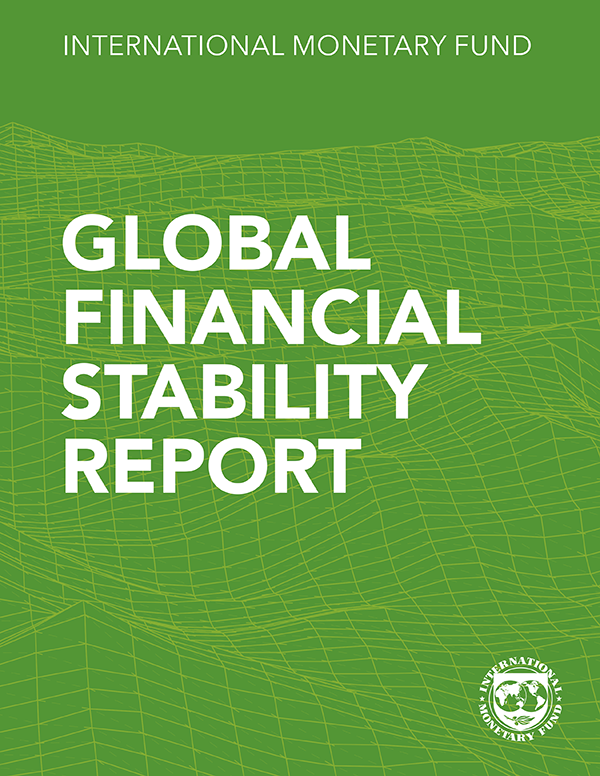Regional Economic Outlook for Asia and Pacific, October 2021

The COVID-19 pandemic has taken a turn for the worse in some parts of the world, and the global economy is projected to grow by 5.9 percent in 2021 and by 4.9 percent in 2022 (0.1 percentage point lower for 2021 than in the July 2021 World Economic Outlook Update). Vaccine access has emerged as the principal fault line along which the global recovery splits into those that can look forward to further normalization of activity (mostly advanced economies) and those that face mounting hospitalizations and death tolls because of resurgent infections. Beyond 2022, global growth is projected to moderate to about 3.5 percent over the medium term. The ongoing rise in inflation is expected to be transitory, though uncertainty remains high.
The Asian outlook for 2021 has been downgraded by more than 1 percent to 6.5 percent compared with the April 2021 World Economic Outlook because of new peaks of the pandemic cycle driven by the highly contagious Delta variant. As vaccination rates accelerate, the region is expected to grow slightly faster in 2022 than anticipated earlier. Although Asia and Pacific remains the fastest growing region in the world, the divergence between Asian advanced economies and emerging market and developing economies is deepening, reflecting vaccination coverage and policy support, and medium-term output levels in emerging market and developing economies are expected to remain below pre-pandemic trends. Risks are tilted to the downside, mainly because of uncertain pandemic dynamics, vaccine efficacy against virus variants, supply chain disruptions, and potential global financial spillovers from US monetary normalization in the presence of domestic financial vulnerabilities.

Leveraging Opportunities from COVID-19 Vaccines: Early Lessons from Asia
This section uses novel daily data to examine the determinants of COVID-19 vaccine rollouts and quantify the effects of vaccinations on health and economic outcomes and how they vary during the pandemic cycle. Based on cross-country evidence, it shows that the extent of vaccine deployment is driven primarily by the severity of the COVID-19 waves in 2020, procurement strategies, local production of vaccines, the quality of the health infrastructure, and vaccine acceptance. The chapter provides new empirical evidence that the swift and broad administration of vaccines can provide a significant boost in economic activity, with the effect increasing over time and when a larger share of population gets vaccinated. Improvements in health outcomes are more visible when a country is in the middle of a significant outbreak and containment measures are in place. The chapter also quantifies that cross-country health and economic spillovers from COVID-19 infections and vaccine rollouts are sizable, highlighting that the pandemic will not be over anywhere until it is over everywhere, thus putting a premium on broad access to vaccines.

Reigniting Asia’s Growth Engine through Trade Liberalization
Trade openness and global value chain (GVC) integration have stalled in Asia since the global financial crisis, partly reflecting a slower pace of trade liberalization. This chapter uses a novel index of trade restrictions to assess the potential gains from reducing nontariff barriers (NTBs), which remain high in many Asian emerging markets and developing economies. Empirical estimates and model-based simulations indicate significant macroeconomic benefits from reducing such barriers, with GDP increasing by about 1.6 percent five years after a major reform effort. Thus, a renewed push to liberalize trade can invigorate durable growth and minimize post-pandemic scarring, although policies to mitigate the impact of trade reforms on inequality may be needed.
Publications

-
September 2025
Finance & Development
- Stablecoins and the Future of Finance

-
July 2025
- Global Imbalances in a Shifting World

-
Regional Economic Outlooks
- Latest Issues










